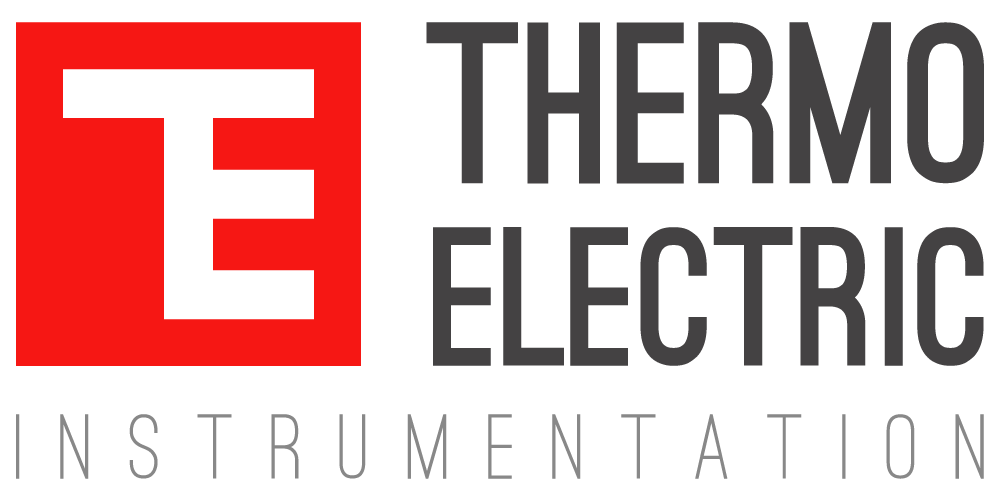Industrial temperature measurement often relies on standard thermocouple types such as K, J, and T. However, certain applications demand more specialized thermocouple types to withstand unique and challenging environments. These non-standard thermocouples, manufactured from advanced materials and engineered for specific conditions, provide critical solutions where standard types may fail. Understanding their properties and applications is essential for engineers looking to optimize temperature measurement in specialized settings.
Introduction to Non-Standard Thermocouple Types
Non-standard thermocouples are designed to operate under extreme conditions, including high temperatures, corrosive environments, and high-vibration settings. These thermocouples are essential for accurate and reliable temperature measurements in environments where standard thermocouples would not perform optimally.
High-Temperature Environments
One of the primary applications for non-standard thermocouples is in high-temperature environments. Types R, S, and B thermocouples are particularly suited for such conditions. Made from platinum-rhodium alloys, these thermocouples can withstand temperatures up to 1600°C (2912°F). Their stability and accuracy at these high temperatures make them ideal for industries such as high-temperature furnace operations, glass manufacturing and metal heat treating. In addition, the semiconductor industry, particularly in silicon wafer manufacturing, benefits from these thermocouples’ ability to provide precise temperature control during the intricate processes of wafer fabrication. Engineers must consider the thermal properties and longevity of these materials to ensure optimal performance in prolonged high-temperature exposure.
Corrosive Environments
Corrosive environments present another significant challenge where non-standard thermocouples excel. Types C and M thermocouples, made from tungsten-rhenium and nickel-chromium alloys respectively, are designed to resist chemical degradation. These thermocouples are invaluable in chemical processing plants, oil and gas extraction sites, and other industries where exposure to corrosive gases or liquids is common. Selecting the appropriate material for thermocouples in these settings is critical to prevent sensor failure and ensure continuous, accurate monitoring.
High-Vibration Settings
In high-vibration environments, such as those found in aerospace, automotive, and heavy machinery industries, thermocouples will need to endure constant mechanical stress. Types T and N thermocouples are designed to withstand these conditions. Their robust construction helps prevent mechanical fatigue and failure, ensuring consistent and accurate temperature readings. Engineers need to consider the mechanical robustness and installation techniques to mitigate the effects of vibration on thermocouple performance.
Performance Benefits of Non-Standard Thermocouples
Non-standard thermocouples offer several advantages that make them suitable for specialized applications. These benefits include enhanced temperature range capabilities, improved durability and longevity, greater accuracy and stability, and customization options to meet specific application requirements. By choosing the right thermocouple type, engineers can optimize temperature measurement systems for better performance and reliability.
Critical Thinking on Material Selection and Application
Choosing the appropriate thermocouple material for a specific application is a complex decision that requires a thorough understanding of the operating environment and process conditions. When called upon, our engineers can support you in your design specifications, considering parameters like temperature extremes, corrosive elements, mechanical stresses, and potential for erosion. The decision-making process should also consider long-term reliability and maintenance requirements.
Wrapping Up
It’s important to understand the different types of non-standard thermocouples when it comes to addressing the unique challenges posed by specialized applications. By leveraging the advanced properties of these thermocouples, engineers can achieve accurate and reliable temperature measurements in environments where standard types are inadequate. Understanding the specific benefits and limitations of different thermocouple materials and designs is critical for optimizing temperature measurement systems.




